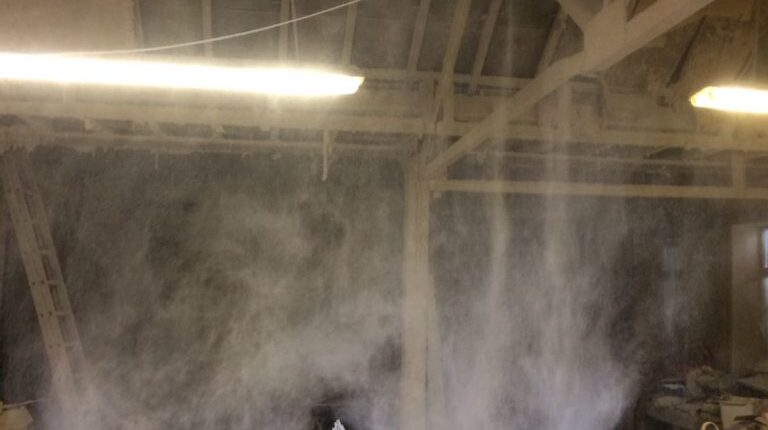New HSE guidance on Silica exposure
This post has already been read 198 times!
Silica exposure has long been known to be a serious risk to workers HSE has now released new updated guidance to firms who are involved on the cutting and shaping of tile, brick and stone in both manufacturing and construction environment.
The prolonged exposure to airborne particles of respirable crystalline silica (RCS) can lead to life-changing respiratory conditions such as silicosis and chronic obstructive pulmonary disease warns Britain’s workplace regulator.
As part of the Health and Safety Executive’s role as an enabling regulator it has recently refreshed its silica guidance for brick and tile manufacturing, stonework and foundries ahead of manufacturing sector focused inspections in autumn/winter and has an ebulletin
Silica is a natural substance found in most stone, rocks, sand, quartz and clay.Silica particles are produced during many manufacturing tasks involving these materials. Silicosis, chronic obstructive pulmonary disease (COPD) and lung cancer can all be caused by breathing in tiny particles of silica. Over time, exposure to silica particles can harm a worker’s ability to breathe and cause irreversible, often fatal, lung disease.
Starting in October, HSE inspectors will begin a targeted inspection initiative focusing on manufacturing business where materials that contain silica are used, to ensure they have control measures in place to protect workers’ respiratory health. This will include brick and tile manufacturers, foundries, stone working sites and manufacturers of kitchen worktops.
Employers have a legal duty to put in place suitable arrangements to manage health and safety and ensure they comply with the Control of Substances Hazardous to Health Regulations 2002 (COSHH). Inspectors will be looking for evidence that businesses have put in place effective measures, such as Local Exhaust Ventilation (LEV), water suppression and where appropriate, use of protective equipment such as Respiratory Protective (RPE), to reduce workers exposure to the RCS. If any health and safety breaches are discovered, HSE will take enforcement action to make sure workers’ health is protected.
HSE’s Chief Medical Advisor, Professor David Fishwick explains more about silicosis in this short video.
David Butter HSE’s head of manufacturing commented saying that : “It’s hugely important for manufacturing businesses where workers use materials that contain silica to act now to ensure they comply with the law and protect their workers from the risks of devastating lung disease. Businesses should take note that that good ventilation in the workplace and protective equipment are just some of the measures they need in place to protect the respiratory health of workers.
“Ahead of our autumn/winter inspection campaign, we want employers and workers to make sure they are aware of the risks associated with the activities they do. For example brick and tile manufacture, foundry workers and stoneworkers where they cut and shape bricks, tiles and stone that can create RCS dust that could be breathed in. To assist them we have refreshed our guidance. In addition, we have committed to providing dutyholders with regular updates, information and advice through our ebulletin.”
To view the refreshed guidance visit:
Brick and tile silica – COSHH e-tool (hse.gov.uk)
Foundry – COSHH e-tool (hse.gov.uk)
Stoneworkers – COSHH e-tool (hse.gov.uk)


